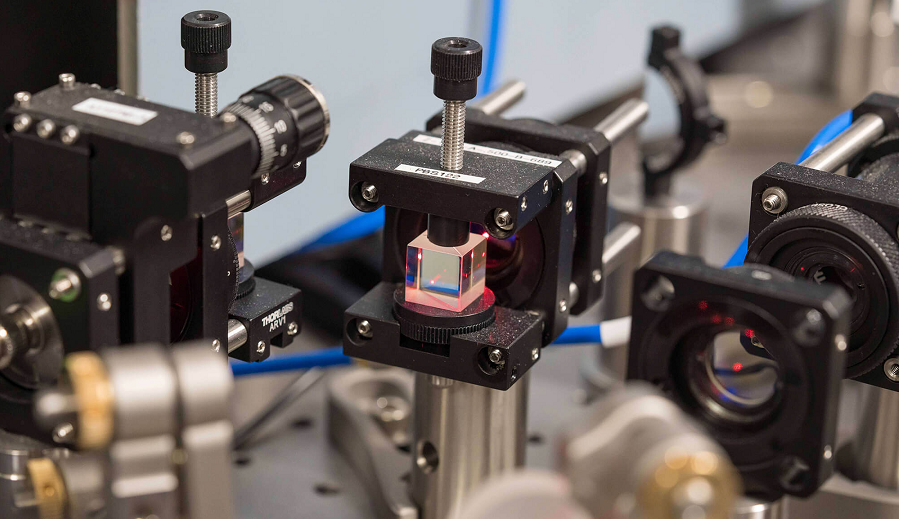 EMERGING TECH
EMERGING TECH
 EMERGING TECH
EMERGING TECH
 EMERGING TECH
EMERGING TECH
Microsoft Corp. is partnering with startup Atom Computing Inc. to launch a quantum computer powered by neutral atom qubits.
The tech giant detailed the collaboration today at its annual Ignite conference. The quantum machine is one of several new hardware systems that Microsoft introduced during the event. It also debuted two new data center chips optimized for cybersecurity and infrastructure management tasks.
Atom Computing, the startup with which Microsoft has partnered on the new quantum computer, is backed by more than $100 million in funding. It will supply qubits and related technologies for the system. Microsoft, in turn, is supplying a so-called qubit virtualization module that will perform tasks such as correcting data processing errors.
Atom Computing makes its qubits from neutral atoms, or atoms that lack an electric charge. Such qubits can be placed closer to one another than other types of qubits, which makes it possible to install more of them in a quantum computer. Adding more qubits to a system increases its processing capacity.
“Due to their lack of charge, neutral atoms can be kept only microns (millionths of a meter) apart,” Microsoft technical fellow Krysta Svore explained in a blog post. “Thus, atomic arrays can accommodate large numbers of neutral atoms.”
Atom Computing’s computers rely on lasers to hold their neutral atoms in place. Light is likewise used to configure the qubits in a manner that produces computations, which is another selling point of the technology. Light beams can reach a qubit without the help of an electric wire, which reduces the amount of cabling required to build a quantum computer and leaves more space for qubits.
Microsoft’s newly announced quantum computer combines Atom Computing qubits with an internally-developed module described as a qubit virtualization system. According to the company, the module is responsible for detecting processing mistakes and fixing them.
Quantum computers are much more susceptible to errors than their conventional counterparts, which is one of the main reasons that commercializing the technology has proved challenging. In machines that use neutral atoms as qubits, one of the most common issues is that qubits sometimes disappear along with the data they contain. Microsoft’s virtualization system can detect when this issue emerges and apply mitigations.
The system’s other function is to create so-called logical qubits, which are clusters of physical qubits that behave like a single circuit. Grouping physical qubits in this manner reduces the risk of processing errors. According to Microsoft, an internal test demonstrated that its logical qubits can perform some calculations with higher accuracy than their physical counterparts.
The company’s new commercial quantum computer has a baseline error rate of 42%. It says its error detection and correction technology reduced the frequency of computing mistakes to 26.6%.
The company plans to ship the hardware with a collection of artificial intelligence models. Additionally, customers will receive access to Azure Quantum Elements, a software toolkit that makes it easier to use quantum computers in research projects. The toolkit lends itself to tasks such as studying the properties of molecules.
Microsoft plans to start shipping the quantum machine next year. The company envisions customers applying the system to research projects in fields such as chemistry and materials science. Additionally, its quantum hardware lends itself to generating training datasets for AI models.
Support our mission to keep content open and free by engaging with theCUBE community. Join theCUBE’s Alumni Trust Network, where technology leaders connect, share intelligence and create opportunities.
Founded by tech visionaries John Furrier and Dave Vellante, SiliconANGLE Media has built a dynamic ecosystem of industry-leading digital media brands that reach 15+ million elite tech professionals. Our new proprietary theCUBE AI Video Cloud is breaking ground in audience interaction, leveraging theCUBEai.com neural network to help technology companies make data-driven decisions and stay at the forefront of industry conversations.